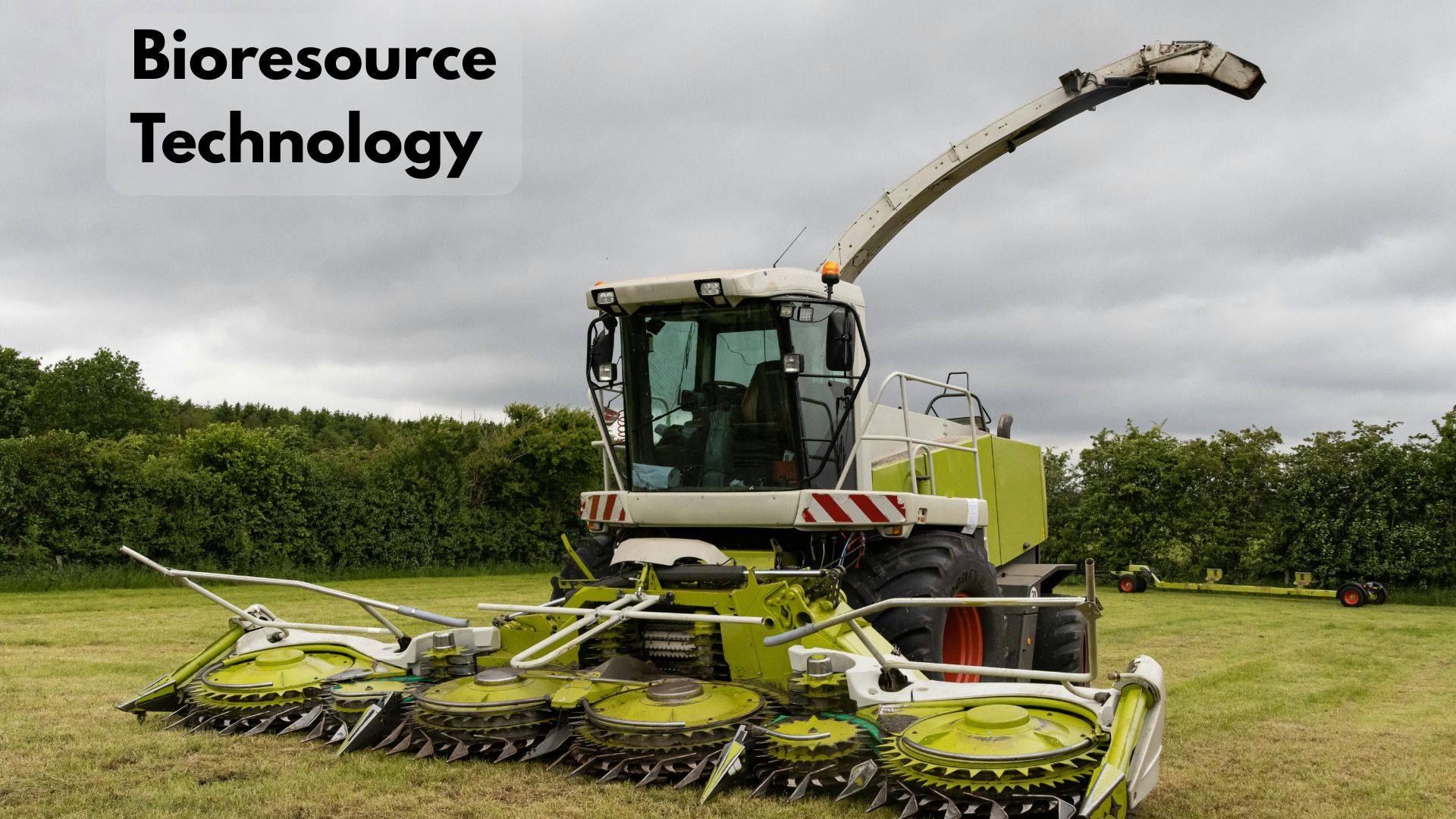Bioresource Technology 2024: Innovations, Impact, and Future Trends
Bioresource Technology (BRT) stands at the forefront of sustainable innovation in 2024, driving progress in waste-to-energy conversion, biofuel production, environmental remediation, and biotechnological applications. As climate change and resource scarcity become urgent global concerns, Bioresource Technology is rapidly evolving to support a circular, bio-based economy.
In this guide, we’ll explore the journal’s latest highlights, major breakthroughs in the field, and why Bioresource Technology 2024 is shaping the future of science, sustainability, and society.
What Is Bioresource Technology?
Bioresource Technology refers to the science and application of using biological materials—including waste, biomass, and microorganisms—for producing energy, materials, and high-value products. The goal is to create sustainable alternatives to fossil fuels, reduce environmental pollution, and optimize waste management.
✅ In short: It’s the science of turning “waste” into “resources.”
About the Journal: Bioresource Technology (Elsevier)
Publisher: Elsevier
First Published: 1979 (originally Agricultural Wastes)
Current Title: Since 1991
ISSN: 0960-8524
Access: ScienceDirect – Bioresource Technology
The Bioresource Technology journal is one of the world’s top-ranked peer-reviewed scientific journals in environmental and biotechnological engineering. It publishes high-impact research in areas such as:
-
Bioenergy
-
Bioconversion technologies
-
Waste treatment
-
Biomass utilization
-
Circular bioeconomy
2024 Journal Rankings & Impact
| 📊 Metric | 🔍 Data (2024) |
|---|---|
| Impact Factor | 9.7 |
| 5-Year Impact Factor | 9.4 |
| SCImago Rank (SJR) | 1.85 |
| Quartile Ranking | Q1 in Energy, Biotechnology, and Agriculture |
| Indexed In | Scopus, Web of Science, PubMed, Embase |
🥇 The journal ranks among the top 10% in all its subject categories.
Key Areas of Research in 2024
1. Bioenergy and Biofuels
-
New methods for microalgae-based biodiesel production
-
Advances in anaerobic digestion for methane recovery
-
Second-generation bioethanol from agricultural residues
2. Waste-to-Value Innovations
-
Municipal and industrial waste converted to platform chemicals
-
Enhanced composting using microbial consortia
-
Smart fermentation techniques for bioplastics
3. Environmental Remediation
-
Phytoremediation and biosorption using engineered microbes
-
Treatment of heavy metal-laden wastewater
-
Carbon-negative technologies using waste biomass
Recent Headlines & Highlights
Retraction Controversy (2024)
In 2024, Elsevier retracted 43 papers co-authored by former Editor-in-Chief Ashok Pandey due to breaches in the peer-review process. While the journal remains reputable, this has triggered a push toward greater editorial transparency.
📖 Wikipedia Source
Global Submissions Rise
There’s been a 20% increase in submissions from research institutions across Asia, Africa, and South America. Topics include climate-smart agriculture, circular bioeconomy, and algae-based biofactories.
Real-World Applications
| 🌱 Application Area | 💼 Real-World Use Case |
|---|---|
| Biogas Production | Rural energy supply in India and Africa |
| Algal Biofuels | Aviation fuel for low-carbon transportation |
| Organic Waste Recycling | Urban composting & fertilizer manufacturing |
| Bioplastic Generation | Packaging material from cassava or corn starch |
| Water Treatment | Biosorption of arsenic and lead in groundwater |
Featured Research Topics in 2024
1. Biorefineries
Integrated biorefineries are gaining traction for producing biofuels, biomaterials, and biochemicals from a single biomass stream.
2. Synthetic Biology & Microbial Engineering
Advanced genome editing tools like CRISPR-Cas9 are used to optimize microbes for improved bioconversion efficiency.
3. Circular Bioeconomy Models
Several studies in 2024 emphasize the importance of circularity—recycling agricultural and municipal waste into valuable resources through closed-loop systems.
Challenges in Bioresource Technology
| 🚧 Challenge | 🛠️ Suggested Strategy |
|---|---|
| High Operational Costs | Government subsidies and tax credits for bio-startups |
| Technology Transfer | Global knowledge exchange platforms and training programs |
| Policy Barriers | Streamlined regulatory approval for bio-based products |
| Public Awareness | Educational campaigns and inclusion in school curriculums |
Internal Resources (from Vounesy.com)
Explore these related articles to learn more about the technological revolution in bio and energy sectors:
Expert Insight: What’s Next for Bioresource Technology?
The future is bright—and bio-driven.
🌐 Interdisciplinary collaboration between biotech, chemical engineering, and AI is expected to drive the next wave of innovation.
🌍 Governments are increasingly funding green startups and academic R&D to reduce dependence on fossil fuels.
📈 In the next 5 years, bio-based products could replace 30–40% of current petrochemical-derived goods.
Final Thoughts
Bioresource Technology 2024 represents a pivotal point in our transition toward sustainable living. Whether you’re an academic, entrepreneur, or policymaker, investing in and understanding this field is essential.
🔑 Key Takeaways:
-
Bioresource tech turns waste into value.
-
It supports clean energy, sustainable agriculture, and water security.
-
The journal is a global leader in green innovation.
